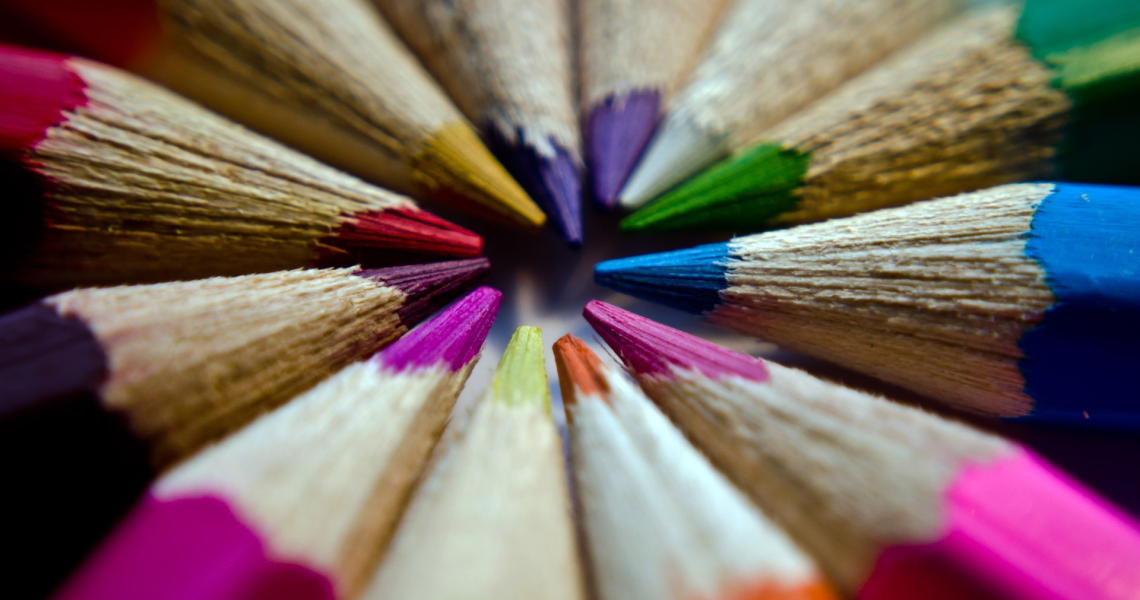Coloring and drawing are hobbies that many people enjoy. But for those who are just starting, it can be a confusing and frustrating experience.
Here’s where we come in. Below are some important tips to help beginners learn the basics of coloring and drawing.
Read on to learn more.
Make Sure You Have the Proper Supplies
To color or draw, you will need some supplies. For coloring, you will need crayons, markers, or colored pencils. For drawing, you will need a pencil and paper.
If you want to get more advanced, you can also buy paints, pastels, charcoal, and other art supplies. But for now, let’s stick to the basics.
So what kind of paper should you use? Well, it depends on what type of art you are going for. If you’re just coloring for fun, then any old piece of paper will do. If you want a more professional-looking result, you should invest in some higher-quality supplies.
When it comes to pencils, there are a few different types that you can choose from. The most important factor is the lead type that you prefer. It could be either graphite or charcoal.
Graphite pencils are good for sketching and getting a feel for your subject matter before adding color. Charcoal pencils are better suited for creating dark lines and shading effects. Once you have these sorted out, it’s time to start coloring or drawing
Start With Basic Colors
If you’re new to coloring and drawing, it’s best to start with basic colors. This will help you get a feel for how colors work together and how to mix them. Once you’ve mastered the basics, you can move on to more complex color schemes.
There are a few things to keep in mind when working with basic colors. First, it’s important to choose a limited palette. This will help you focus on working with a few colors at a time and prevent your drawings from becoming too busy.
Second, pay attention to value. Value is the lightness or darkness of a color. It’s important to create contrast in your drawings by using light and dark values together.
Finally, don’t be afraid to experiment! Try different color combinations and see what works best for you.
There are no right or wrong answers when it comes to art. It’s all about finding what you like best.
Outline Ideas With a Sharpie
If you’re new to coloring and drawing, it’s important to start with simple outlines. This will help you get a feel for the medium and practice your technique. A great way to do this is with a Sharpie.
Sharpies are easy to use and produce clean lines. Plus, they come in a variety of colors, so you can experiment with different hues.
When outlining your drawings, be sure to use light pressure. This will prevent the ink from bleeding and ruining your work.
Once you’re comfortable with outlining, you can start filling in your drawings with color. Again, use light pressure when applying the pencils or markers. And don’t be afraid to mix and match colors to create interesting effects.
Consider Proportion and Perspective
When you’re starting with coloring and drawing, it’s important to keep proportion and perspective in mind.
Proportion is the relationship between the sizes of different objects in your drawing. Meanwhile, perspective is the sense of depth and distance in your drawing.
If you want your drawings to look realistic, you need to make sure that the objects in your drawing are in proportion to each other. For example, if you’re drawing a person, their head should be about one-eighth of their total height. Similarly, if you’re drawing a building, the windows should be smaller than the doors.
Perspective is what gives your drawings a sense of depth and distance. To create the illusion of depth, use lines to show how far the objects are from each other. For example, if you’re drawing a road going off into the distance, use converging lines to show how the road gets narrower as it goes away from you.
Keep these in mind when you’re starting with coloring and drawing. By doing so, your drawings will start to look more realistic!
Take It Slowly
If you’re just starting with coloring and drawing, it’s important to take it slowly. Rome wasn’t built in a day, and neither is an impressive coloring or drawing skillset. Trying to do too much too quickly can be overwhelming, and can lead to frustration.
Start with simple shapes and lines, and gradually work your way up to more complex designs. Don’t be afraid to make mistakes – everyone makes them, even the pros.
Gradually build up your skills and confidence. Once you’ve mastered the basics, you can start to experiment with more complex potentially daunting projects.
Use each mistake as an opportunity to learn and grow as an artist. With time and practice, you’ll be creating masterpieces in no time.

